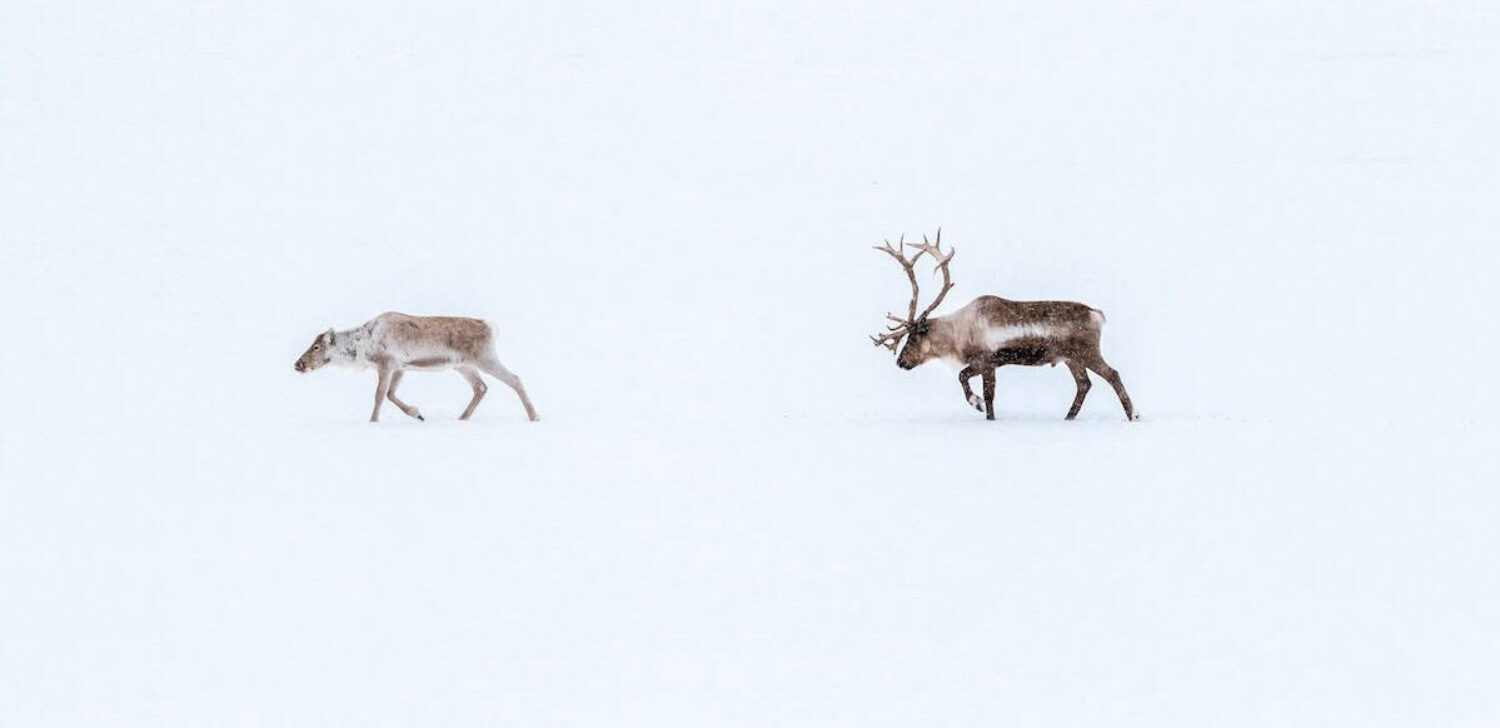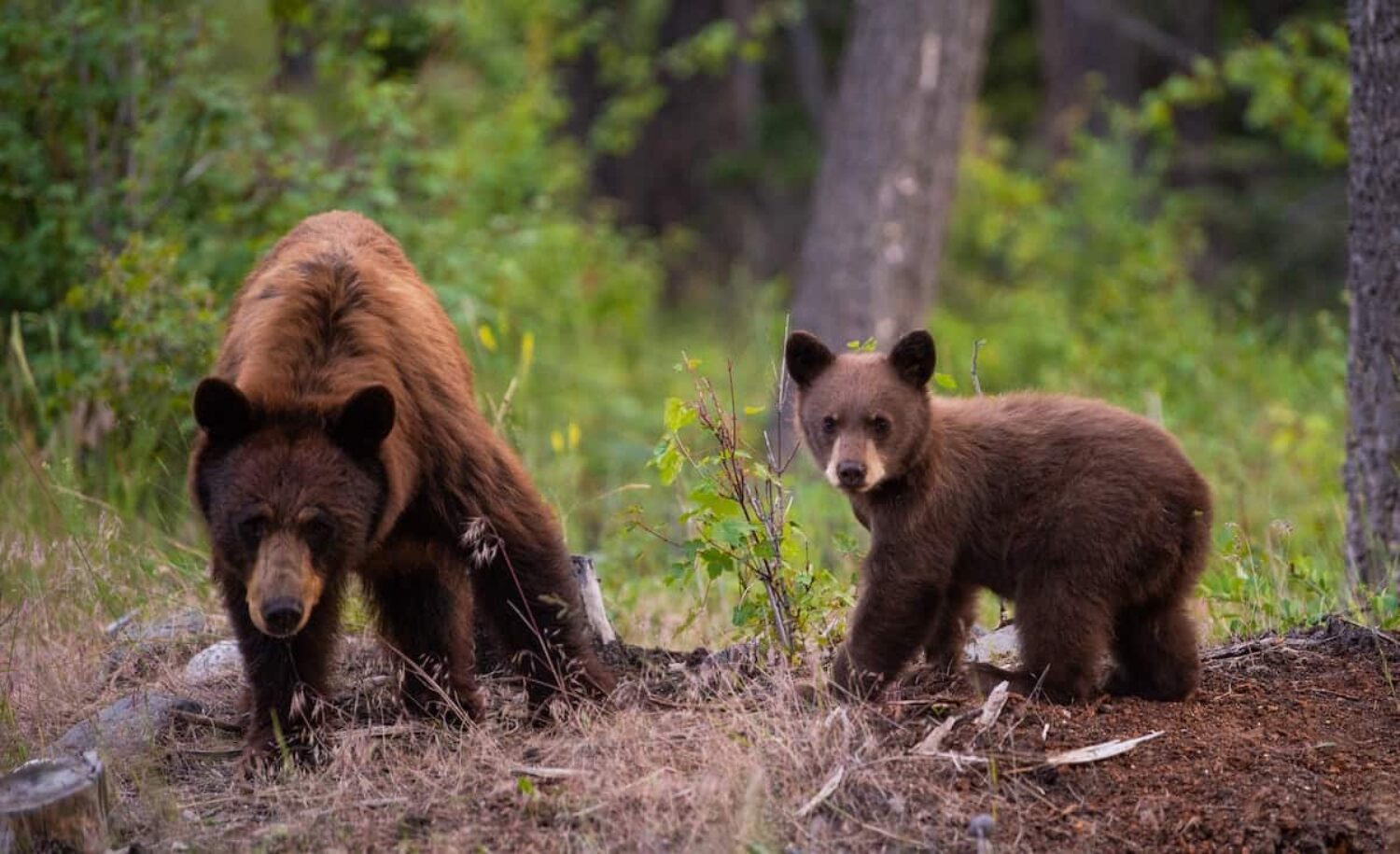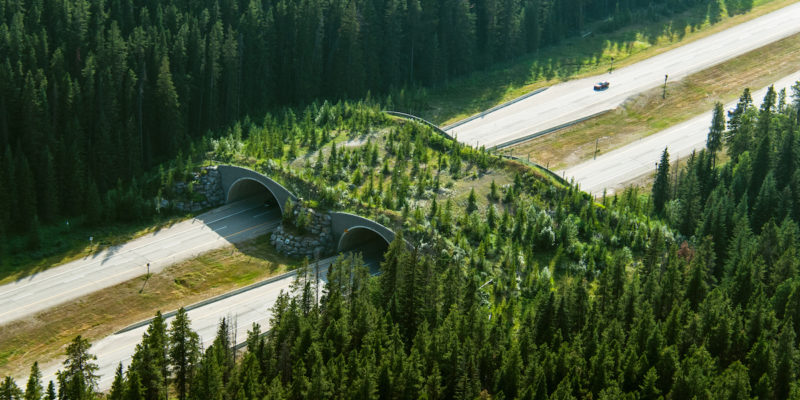Reindeer viaducts: the latest wildlife bridges connecting fractured habitats
The ‘renoducts’ will help the reindeer and their Sami herders to move around the country. Similar projects are intensifying globally
Sami reindeer herder Tobias Jonsson faces a challenge his ancestors never did: accompany his animals on Sweden’s busiest highway.
The shepherd and his reindeer usually have a small window to cross the E4 by the authorities, who close the road briefly in the early morning during the migration season.
“Reindeer don’t have a schedule, they want to move when they want to move,” Jonsson said. “It is a great effort.”
The spring migration from the coast to the mountains is so onerous on the E4 that Jonsson and his reindeer make the fall migration back by truck. For indigenous herders like Jonsson, it’s a break from a centuries-old way of life.
But plans for a series of bridges over roads and railways in Sweden could help the Sami and their herds to migrate freely again. Up to a dozen ‘renoductos’ (reindeer viaducts) are proposed, and works on the first, on the E4 near the city of Umeå, are due to start this summer.
“I’m excited,” Jonsson said. “Finally, something is happening. We’ve been stuck like this for as long as I can remember. “

Linking habitats has become more urgent due to the climate crisis, forcing reindeer to wander further afield in search of food. Image: Marcus Lofvenberg
The pressure on reindeer and their herders in Scandinavia has been mounting since the 1950s, when commercial forestry and mining began to devour grazing habitats in earnest. Then came the highways and railroads, fracturing the remaining pasture sites.
Linking those lands has become more urgent due to the climate crisis, which forces reindeer to wander further in search of food.
Per Sandström, a landscape ecologist at the Swedish University of Agricultural Sciences, who helped plan Sweden’s wildlife bridges, previously helped create ecological corridors for bears in Montana, USA.

In North America, bears and other animals already benefit from wildlife bridges. Image: Ben Owen
“We want to see green bridges with vegetation that are not just places to go, but places where you can cross,” Sandström said, noting that authorities might be tempted to cut corners to save money.
Similar efforts are intensifying globally. American engineers are designing what will be the world’s largest wildlife bridge over Highway 101 near Los Angeles. It will allow isolated populations of cougars to mix, which is essential to avoid inbreeding. The Netherlands is also halfway through a wildlife bridge building program.
Finally, something is happening. We’ve been stuck like this for as long as I can remember
Wildlife bridges have proven effective elsewhere. A flyover in Banff national park (main image, above) help black and brown bears in the Canadian Rockies. On Christmas Island in the Indian Ocean, flyovers help red crabs migrate across roads, and in Mexico, underpasses help jaguars avoid roads.
“It’s not just for the reindeer, but for all the forest animals,” Jonsson said of the Swedish pipeline. “I’m going to be crying the day they finish.”
Main image: A wildlife crossing in Banff National Park, Canada. Image: Parks Canada / Ross MacDonald








